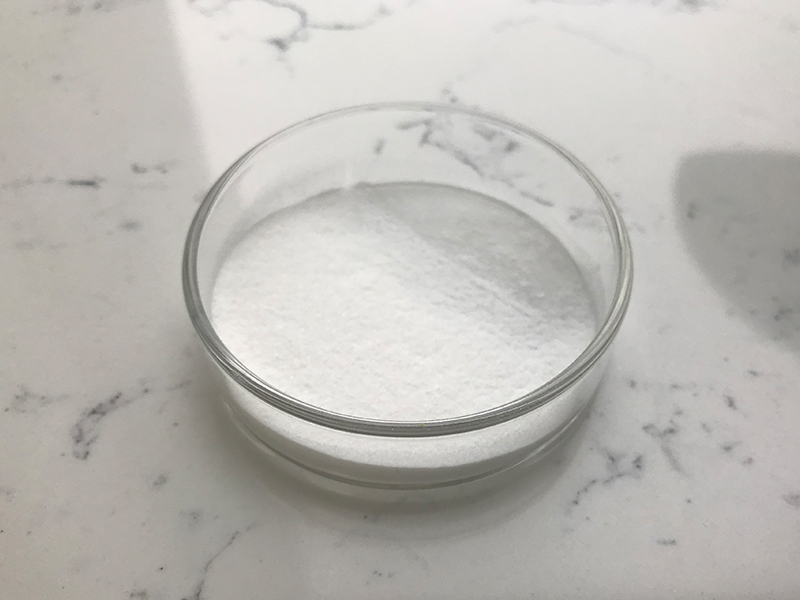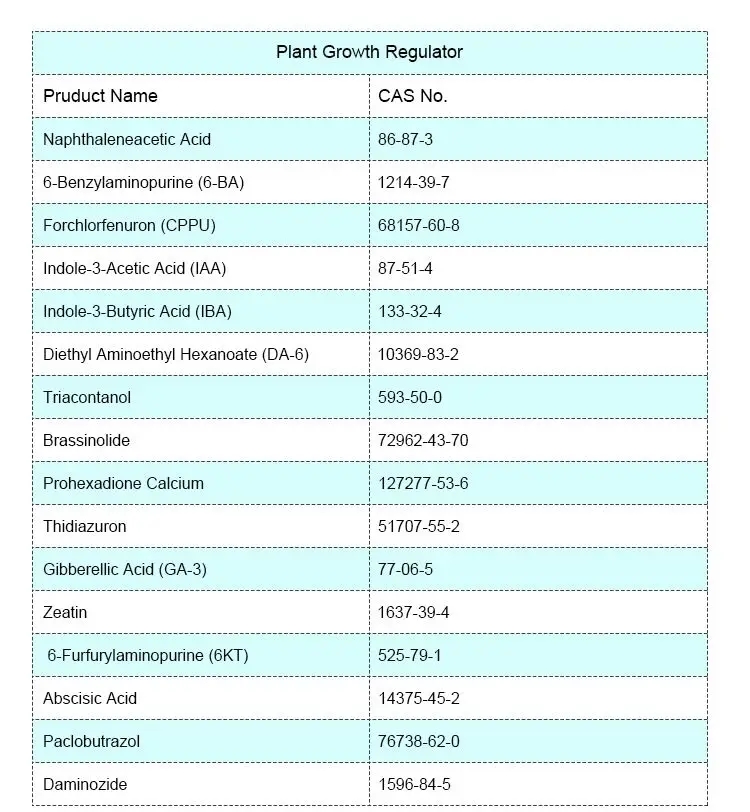Gibberellic acid (GA) is a plant hormone that plays a crucial role in various physiological processes in plants. It belongs to the class of gibberellins, which are a group of naturally occurring plant growth regulators. Gibberellic acid was first identified in fungi, particularly in the Gibberella genus, but its role in plants was later discovered.
Key functions of gibberellic acid include:
1.Stimulating Stem Elongation: Gibberellic acid promotes cell division and elongation, leading to increased stem length. This is important for the overall growth and development of plants.
2.Breaking Seed Dormancy: Gibberellic acid helps in breaking seed dormancy, promoting germination. It does so by influencing the production of enzymes that break down stored nutrients in seeds, allowing the embryo to grow and emerge from the seed coat.
3.Flowering and Fruit Development: Gibberellic acid is involved in the regulation of flowering and the development of fruits. It influences the formation of flowers and helps in the development of fruit structures.
4.Promoting Bolting in Biennials: In biennial plants, gibberellic acid can induce the transition from the vegetative stage to the reproductive stage, leading to bolting (rapid growth of the flowering stem).
5.Regulating Plant Responses to Environmental Stimuli: Gibberellins, including gibberellic acid, play a role in how plants respond to environmental cues such as light and temperature.
Gibberellic acid is commercially produced and used in agriculture for various purposes, including promoting uniform germination of seeds, increasing fruit size, and preventing the premature dropping of fruit. It is an important tool in plant science and horticulture for manipulating plant growth and development.

How to use Gibberellic Acid?
Gibberellic Acid (GA) is a plant hormone that plays a role in various aspects of plant growth and development, including seed germination, stem elongation, and flowering. Here’s a general guide on how to use Gibberellic Acid:
1.Dilution: Gibberellic Acid is typically used in a diluted form. Follow the manufacturer’s instructions regarding the concentration of Gibberellic Acid solution. Different plants may require different concentrations.
2.Seed Germination:
To break dormancy and promote germination, you can soak seeds in a Gibberellic Acid solution for a specified period before planting.
The concentration and duration of soaking depend on the type of seeds and the specific requirements of the plant.
3.Stem Elongation:
Gibberellic Acid is often used to promote stem elongation in certain crops.
Apply the Gibberellic Acid solution to the base of the stem or as a foliar spray.
4.Flowering:
Gibberellic Acid can be applied to certain plants to induce flowering, especially in plants that require a specific photoperiod for flowering.
Apply the solution at the appropriate stage of the plant’s growth cycle.
5.Fruit Setting:
Gibberellic Acid may be used to improve fruit setting in some plants.
Apply the solution during the flowering period.
6.Foliar Application:
Gibberellic Acid can be applied directly to the leaves (foliar application).
Ensure even coverage of the leaves.
7.Timing:
Apply Gibberellic Acid at the recommended timing for the specific plant and desired effect.
Timing is crucial for optimal results.

8.Caution:
Always follow safety guidelines and use protective gear when handling Gibberellic Acid.
Store the Gibberellic Acid solution in a cool, dark place.
9.Compatibility:
Check for compatibility with other chemicals or fertilizers that you might be using in conjunction with Gibberellic Acid.
10.Research:
Before using Gibberellic Acid on a specific plant, it’s advisable to research and understand the specific requirements and effects on that plant species.
Always refer to the product label and guidelines provided by the manufacturer for specific instructions and recommendations. Additionally, local regulations may apply, so be sure to comply with any relevant guidelines or restrictions.
